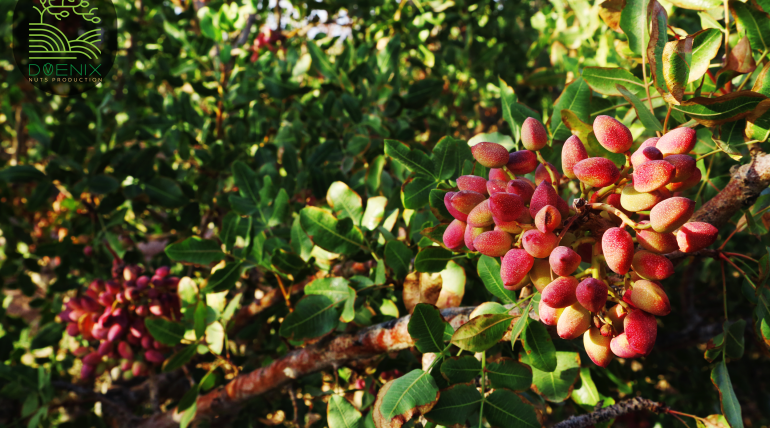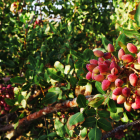Facts About Pistachio Tree
Pistachio tree can’t be grown everywhere due to the weather conditions and climate, but it is exported and supplied to all the countries. Pistachio trees grow in areas that have a temperature above 100 degrees Fahrenheit, sandy loams are the best soils for pistachio cultivation.
Pistachios are gained notice due to the high nutritional values and the great taste they have, even in the sweets, ice creams, as well as cuisines.
Pistachio cultivation need to the well drained soil; Pistachio trees are very long-living, and they have a huge taproot. The tree can grow up to 20 to 30 feet and can even grow in individual containers for the first three to four years quickly.
Pruning of The Pistachio Tree
The pistachio tree is considered to be a tree that provides fruits, and pruning of the pistachio tree is a very integral process in order to be able to obtain a high quality of pistachio and to control the growth.
The removal of the upper branches that shade the trunk is a must. The pistachio tree must be maintained, and the open center structure should be protected as soon as the tree grows taller by the secondary branches.
Pruning of the pistachio tree can be done twice or thrice in a year, along with summer pruning that occurs in the spring as well as summer.
Where Do Pistachios Grow?
Pistachio trees grow in California, Arizona as well as New Mexico as they love desert heat. The pistachio trees grow in dry as well as hot areas, but they require long summers that are scorching as well as cold winters simultaneously.
The tree must experience both heat and cold that create a period of dormancy for the pistachios. The desserts that are located in the southwest of America are warm enough and suitable for the pistachio trees to grow.
The pistachio trees start bearing fruits in the fourth or the fifth year after their budding. Once the pistachio trees are ready and have fruits, they are shaken, and the pistachios are gathered from under the tree.
A large sheet is placed under the tree to speed up the process of collecting. To avoid staining on the pistachios, they should be shelled or even cured on the same day.
Planting The Pistachio Tree
Pistachio trees are best to be planted in the springs, and then they will be able to establish themselves the entire summer.
The holes planted should be very deep as the root balls and wide. Pistachio trees do not require a lot of irrigation as compared to the crops in the same family, such as almonds.
Pistachio trees are considered to be exotic. Pistachio trees grow in suitable climates, and if you have a yard, you can grow pistachio trees there. Pistachio trees grow well in deserts, and they are known to be very intriguing.
Conditions Where Pistachio Tree Can Grow
Pistachio trees grow well in the best areas where the winters are cold, and the summers are considerably long. In such a hot and dry climate, pistachio trees grow really well. Pistachio trees grow well in the altitude of up to 2200 feet, and in some cases, they can even grow in higher altitudes such as 3300.
Cold winters are required for the pistachio trees as they satisfy the requirements in the cold. Pistachio trees have female as well as male genders, and cold is great for their needs.
The root of the pistachio trees is about 10 feet, and the width can even exceed 23 to 26 feet. The tree is very deciduous and long-living. Unlike other nuts in the same family, pistachios grow in clusters just like grapes, and the tree bears fruits in shoots that are created a year prior by the buds.
This is why pistachio trees do not grow everywhere due to the weather and climate requirements. There is nothing to worry about as we are lucky to have pistachios through imports and exports.






